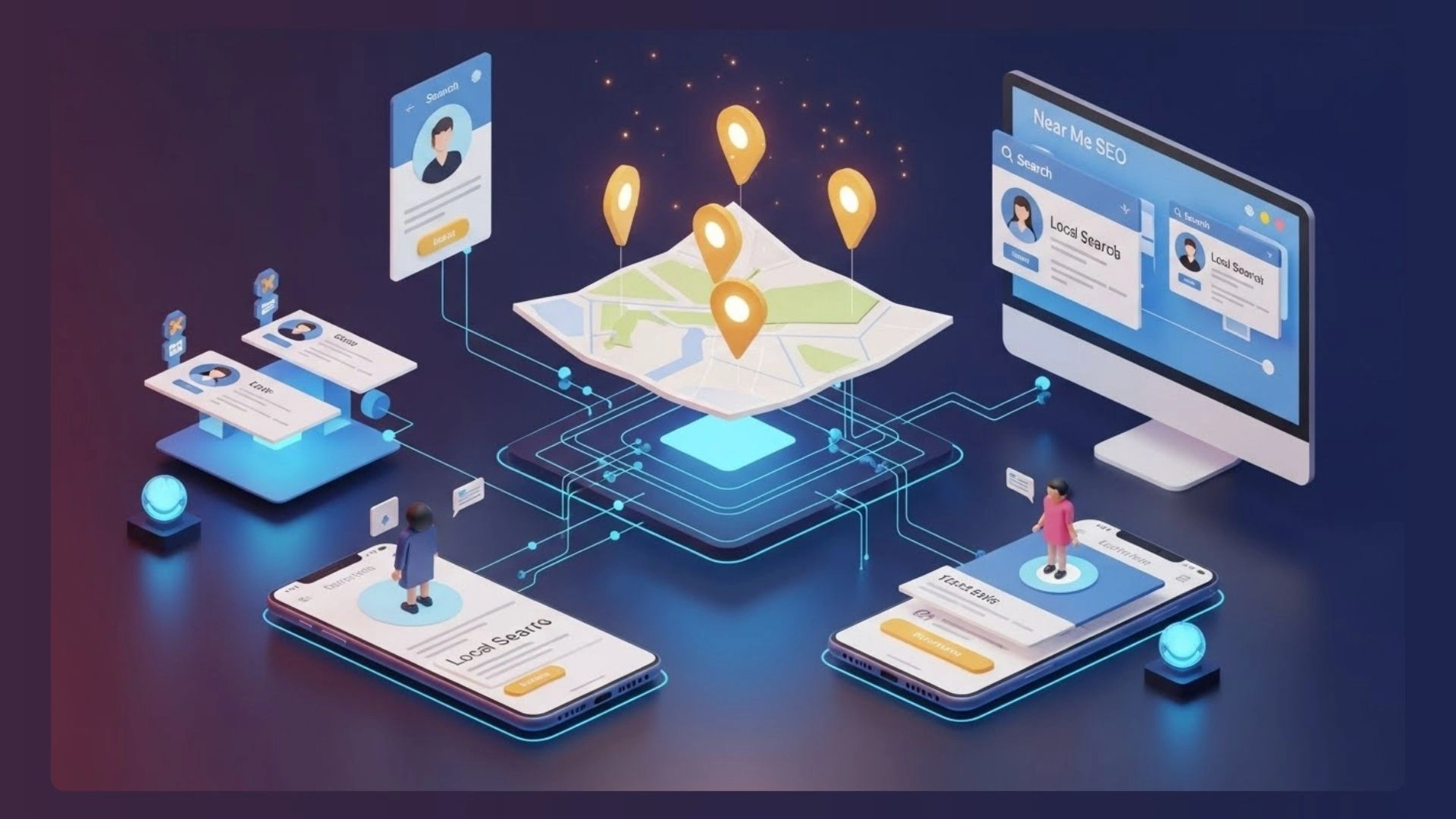Creating custom software for a business requires a detailed, structured approach to ensure the final product meets the needs of the users and operates efficiently. This process involves multiple stages, including initial planning, design, development, testing, and post-launch support. By prioritizing transparency and clear communication throughout each phase, businesses can foster a smoother, more collaborative workflow and set realistic expectations for everyone involved.
Investing in custom software demands following best practices to create a product that not only addresses specific business needs but also provides a seamless, user-friendly experience. When these practices are adhered to, businesses benefit from increased user satisfaction, fewer technical issues, and a more sustainable, adaptable solution in the long run.
If you’re embarking on a new software development project, consider implementing these essential practices to guide your team and create a successful, high-quality product.
Begin with Clear Project Requirements
Clear requirements are the backbone of successful software development. It’s important to start by gathering all the necessary details about what the software needs to do. This step means understanding business goals, outlining main features, and figuring out who will use it and what they need. Having this plan ensures everyone on the team knows their target.
During the requirements phase, it’s wise to document important functionalities and note any constraints or limits. This gives developers a clear view of the project’s scope and makes estimating timelines and allocating resources easier. Getting stakeholders involved early can help pinpoint any extra needs or preferences, reducing surprises later in development.
Hire Software Developers
Finding the right developers is crucial for bringing a software project to life. Seek professionals who possess technical skills and understand the specific needs of business software. Experienced developers can offer valuable insights, helping refine ideas and suggesting improvements that enhance the software’s functionality.
Hire remote developers with a proven track record in business-focused software. These developers are usually more familiar with creating applications that require reliability and efficiency. During the hiring process, inquire about their experience with similar projects and ensure they’re comfortable working with other team members.
Prioritize Simplicity and Scalability
When creating software for businesses, keeping things simple is often the best approach. Users should find it easy to understand and use. If the interface is too complicated, it can confuse and hurt productivity and satisfaction. A straightforward design makes the software easy for people to use.
Scalability is just as important. As businesses grow, the software should be able to keep up. Planning for scalability from the start ensures that the software will work well even as demands increase, like more users or extra data. Simple and scalable solutions can adapt to changing business needs without major changes.
Regular Testing and Quality Assurance
Testing is important in software development. By testing early and regularly, you can catch issues before they become significant problems. Quality assurance ensures that each software part works and meets the requirements. Testing also helps developers spot and fix issues as they come up, preventing bugs from piling up.
Try using a mix of manual and automated testing. Manual testing can catch things automated tests might miss, especially with user experience. Automated testing makes repetitive tasks easier and faster. Keeping up with regular quality checks reduces the chance of releasing software with hidden issues that could affect performance.
Use Version Control for Organized Development
Tracking changes and ensuring everyone has the latest software version makes version control necessary. It manages different project stages, so you can easily return if needed. This way, no changes are ever lost, even when various developers make updates.
With version control, teams can work on different parts simultaneously without worrying about conflicts or losing data. It also smooths out collaboration by letting team members check each other’s work and add comments. This tool boosts efficiency and helps keep things running smoothly, especially on bigger projects.
Gather User Feedback
Collecting user feedback is a recommended best practice for software development. Users often notice things that developers might miss, especially in everyday tasks. Feedback helps teams find areas for tweaks or enhancements to make the software better for users.
Using user feedback is part of a cycle where changes and updates happen over time. Regular updates, based on real user experiences, keep the software helpful and ensure it meets business needs. Over time, paying attention to what users say helps build a good relationship between developers, business owners, and those who use the software daily.
Focus on Security and Data Protection
Security is essential in business software development. As software deals with sensitive information like customer data and financial records, it’s important to include strong security measures immediately. This involves using encryption, secure authentication, and data access controls to protect the business and its customers.
Following data protection standards can help build user trust for startups or growing companies. Making security a priority shows a commitment to keeping their information safe. Regular security audits and updates are necessary to stay strong against potential threats as they change.




